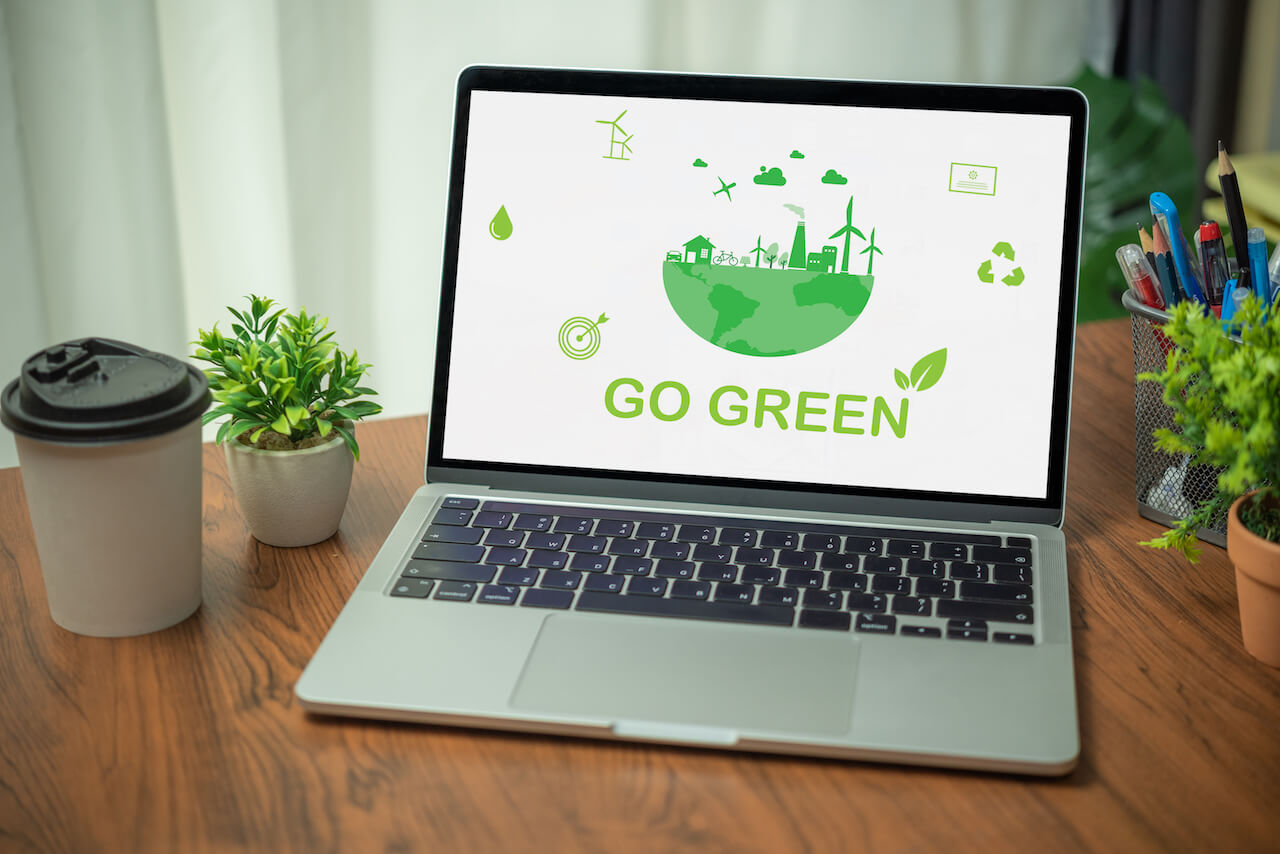
Transition to eco-friendly packaging materials brings challenges. You might have concerns over cost, packaging durability, and consumer perceptions. If so, this comprehensive guide is for you. From practical steps for transition to understanding reasons why go green, we’ve got you covered. The rewards – for your business, your customers, and the planet – are well worth it.
Table of Contents
Transitioning to eco-friendly packaging requires strategic planning and informed decisions. To help you get started, we’ve prepared a list of practical steps:
Selecting genuinely eco-friendly packaging material requires thorough research and consideration. Here are some key factors to ensure your choice is truly sustainable:
You can learn more about differences between biodegradable, compostable, and recyclable packaging in our article about eco-friendly packaging materials.
An example of a truly eco-friendly material is NonOilen®, the only certified bioplastic on the market that contains only natural-based polymers with only eco-friendly additives.
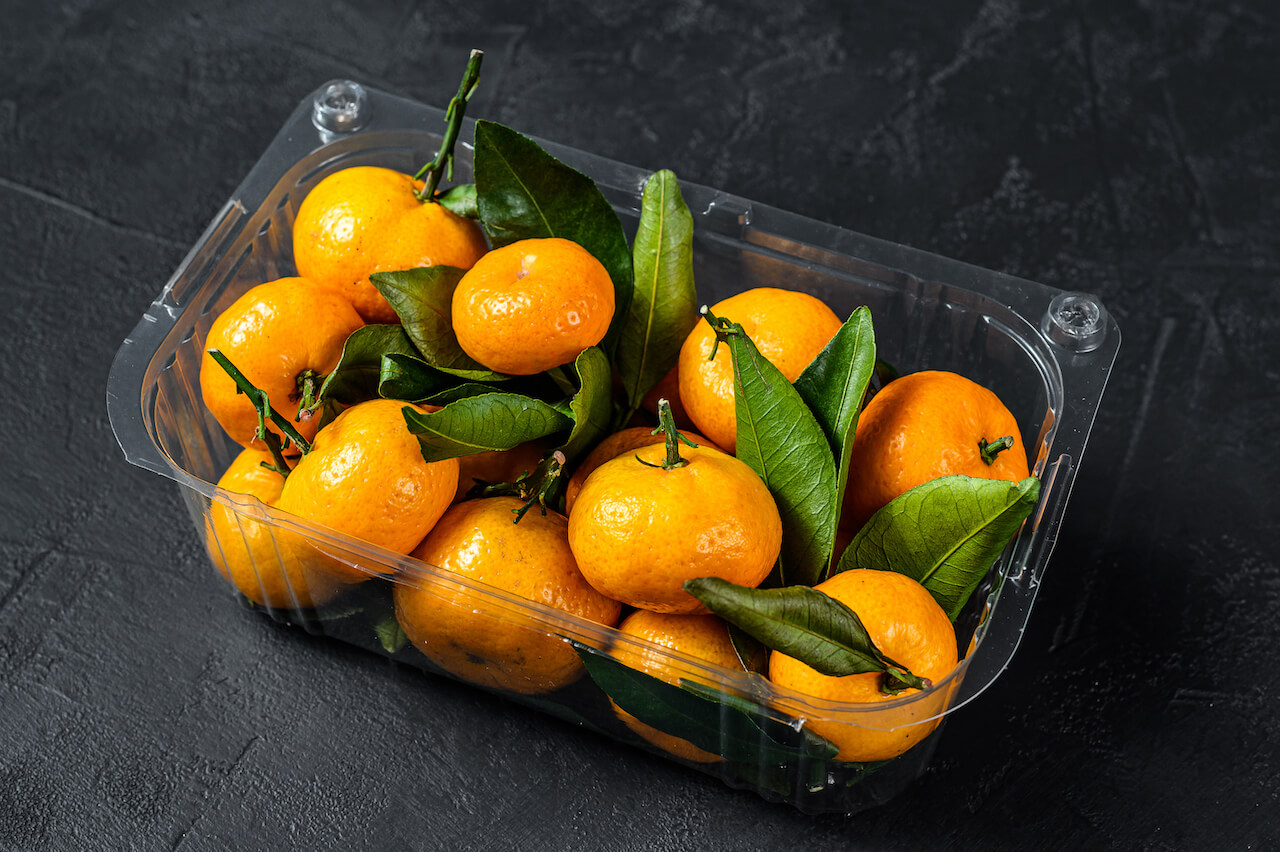
It’s critical to keep in mind the specific requirements of your product when making the transition to eco-friendly packaging materials. These will influence the type of packaging that will be most appropriate. Some of the key product requirements to consider include:
Evaluate the protective qualities of the eco-friendly materials you’re considering to ensure they’re fit for the purpose.
Since not every solution is not truly biodegradable and compostable, it’s important to seek suppliers with proven track records in eco-packaging who hold certifications guaranteeing their commitment to sustainable practices.
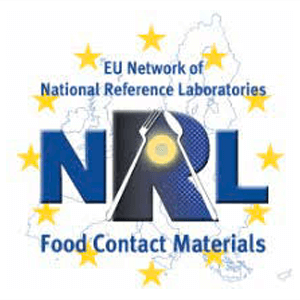
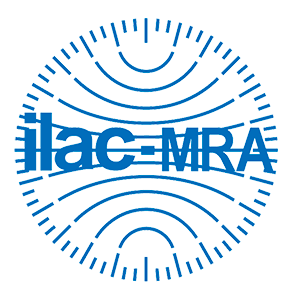
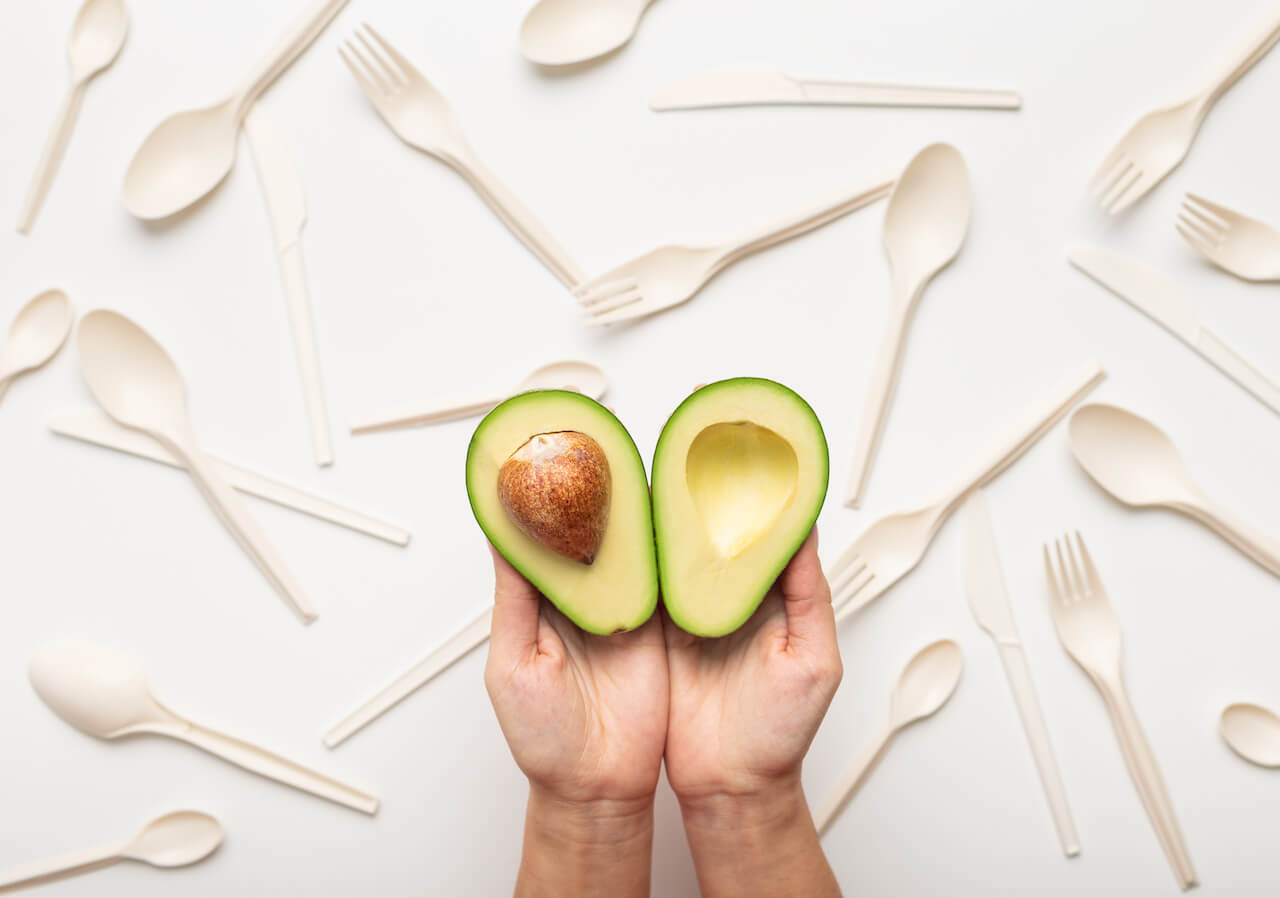
Educating customers about the transition to eco-friendly packaging is a critical step in your sustainability journey. Here are some ideas on how you can educate them beyond what they already know:
1. Label clearly: Make sure your eco-friendly packaging is clearly labelled with information about the material used and disposal instructions.
If the packaging is biodegradable, compostable or recyclable, provide instructions on how to compost or recycle it properly.
2. Help your customers get involved: Make your customers feel part of the change by community building, hosting events, and featuring their stories on how they use products.
3. Reach your customers online: Use your online platforms to share the story behind your switch to eco-friendly packaging. Post explanatory blogs, videos, infographics, or host a live Q&A section. Build a mailing list, and send out an announcement about your new packaging.
4. Share your knowledge proactively: Participating in expert events, conferences, and events targeting consumers as a speaker is a great opportunity to share what you know about your eco-friendly packaging (such as the production process, benefits, and proper disposal) with others.
The benefits of choosing eco-friendly packaging extend beyond just environmental conservation.
First, the world is grappling with a global waste crisis. In 2021, 390.7 million tonnes of plastics were produced globally. 90.2% of it was fossil-based. Around 8 to 10 million metric tons of plastics end up in the ocean each year, causing marine pollution. Transitioning to eco-friendly packaging can help alleviate this issue.
Second, consumers are demanding sustainability. Google searches for sustainable goods increased by 71% between 2016 and 2020. About half of US consumers are willing to pay more for sustainable packaging.
By adopting eco-friendly packaging, you can meet customer expectations, improve your brand image, and make a positive impact on our planet.
Make the transition today. Start your journey towards sustainability with eco-friendly packaging materials. Your business, your customers, and your planet will thank you.